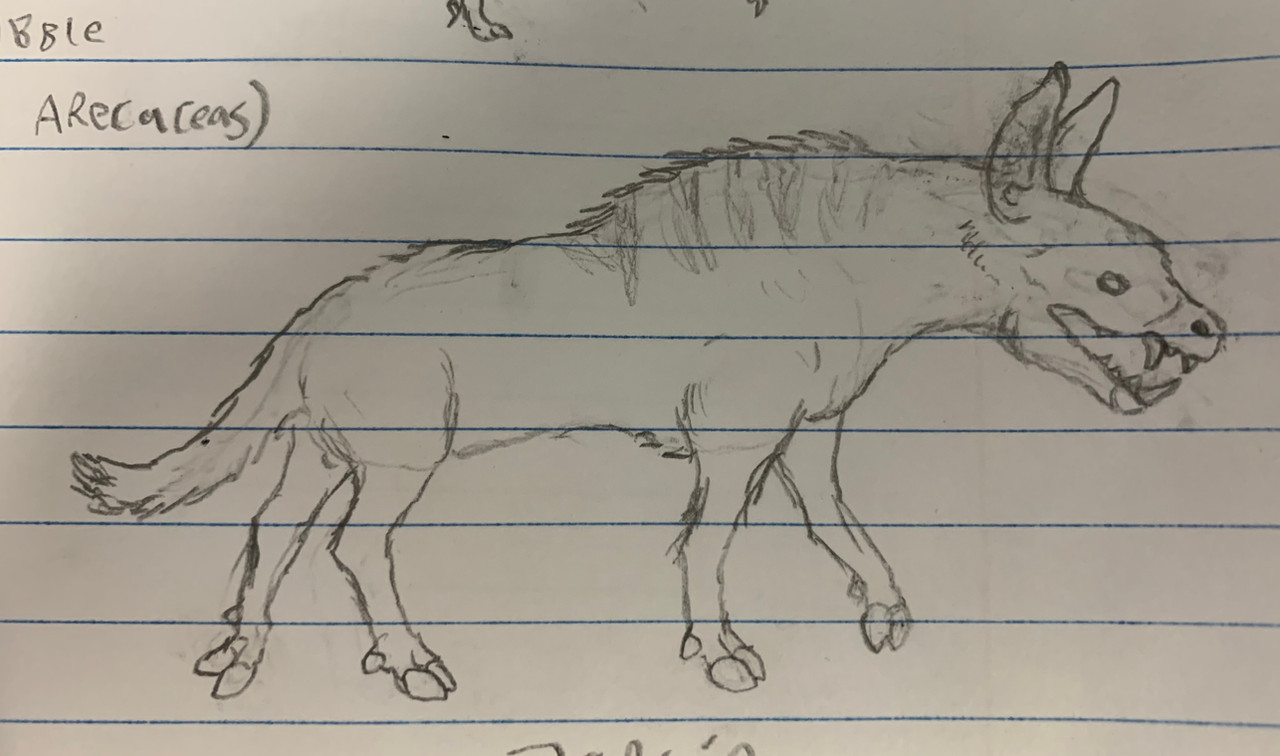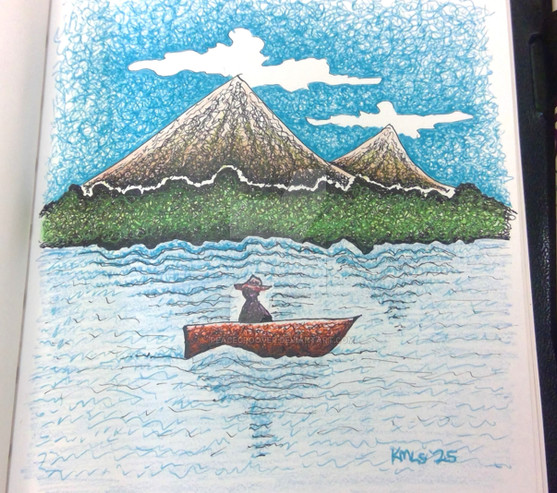HOME | DD
 Throngmar — Jargir
Throngmar — Jargir

#javelina #peccary #carnasus #exocene #morderon #anubis #caribbean #pencildrawing #scavenger #speculativeevolution
Published: 2021-02-14 03:02:30 +0000 UTC; Views: 3733; Favourites: 19; Downloads: 0
Redirect to original
Description
Jargir
Scientific name: Jargir entelodus
Other names: American Carnasus, Bat-eared Carnasus, False Carnasus, Anubis Carnasus
Ancestor: Javelina
Diet: Medium-sized vertebrates, large vertebrates, carrion
Habitat and range: Southeastern North American and Central American forests, Caribbean islands (King Maagrys, Klim-wala, Marceaux, Hraezvelgr, Morderon)
The Jargir is a perfect example of convergent evolution. It looks like a Carnasus, it acts like a Carnasus, and it is definitely not a Carnasus. While Carnasuses are descended of European wild boars, the Jargir is descended from the Collared Peccary, or Javelina. While Javelinas are technically related to pigs, it is very misleading to say so. The lineages of pigs and Peccaries split off in the Eocene, about 40 MILLION years before humans dared to make Lion King porn on this dreadful website. I could regale you with how long ago that was, saying that pigs and Peccaries split off closer to when Dinosaurs lived than to when humans did, or that pigs and Peccaries were distinct 20 million years before the first ape, but I think you get the point. And yet, the similarities between Jargirs and Carnasuses are so distinct, they were first thought to be a species of Carnasus that migrated into North America.
The name "Jargir" is a reference to a horrible creature in the mythology of the Svaalir tribes on the planet Muskpjarn, a creature with the head of a hippo, the ears of a bat, the teeth of a hyena, and the body of a boar. While the Jargir can be found in the Caribbean (where it hunts all but the Sloth Iguana), they are most numerous in Central America and the upper gulf coast. They are prolific carnivores, and though they are the size of a bushpig, they prefer game closer in size to rabbits and gophers. Their jaws are also specialized for cracking bones, as about 37% of their diet is carrion. While bone-cracking teeth and jaws are still useful for a regular kill, they don't usually hunt animals big enough to warrant enough jaw strength to shatter the femur of a rhinoceros. The largest animals they will typically hunt are ratpigs, rat-ponies, and Donkrats, but when scavenging, they are almost always the largest animal at the site. Because of this, they will scavenge on much larger prey like Trulops or Giant Horserats. They have been known to patiently wait while smaller predators like Wolfrats and Chriopes take down massive prey like Trulops, and then they use their considerable bulk to scare the victors from their spoils. On islands, they are much the same. Hunting smaller prey like Seb-sebs, Strukacases, Kuplas, and even Shucks, the Jargir population on Morderon will scare away any Giant Shucks from a dead Sloth Iguana. Then they can have all the lizard meat and nutritious marrow it wants, and everyone else kinda has to deal with it.


























